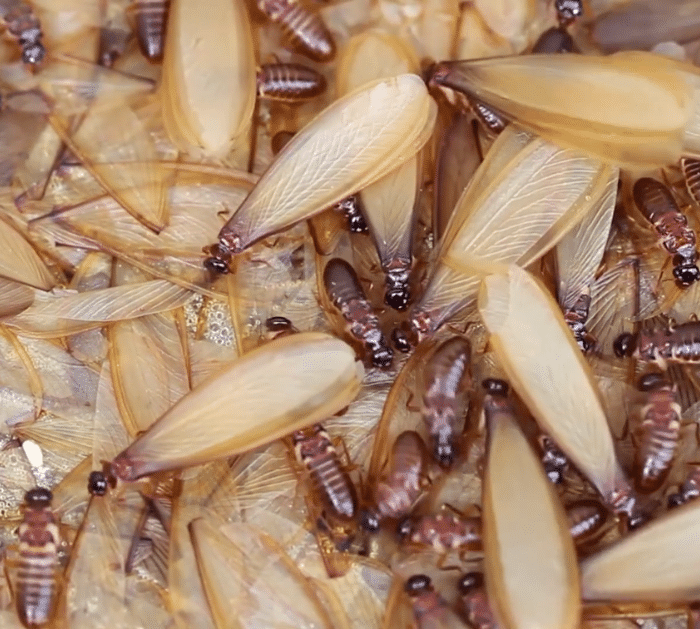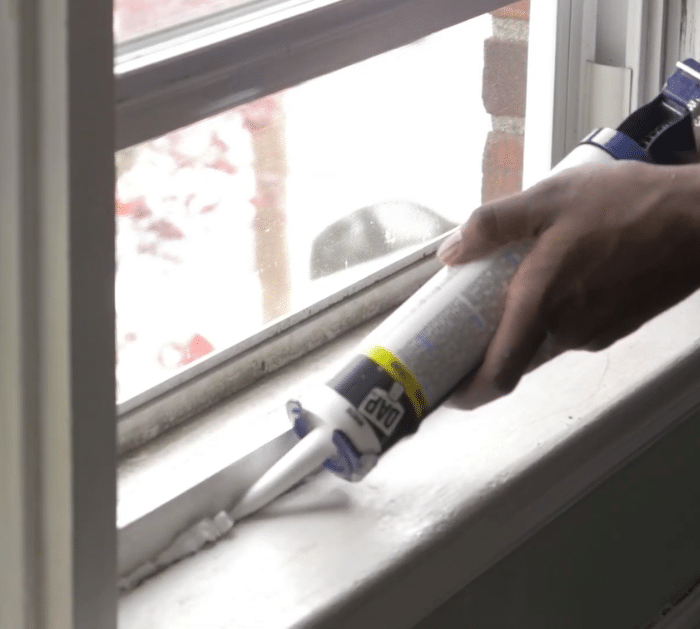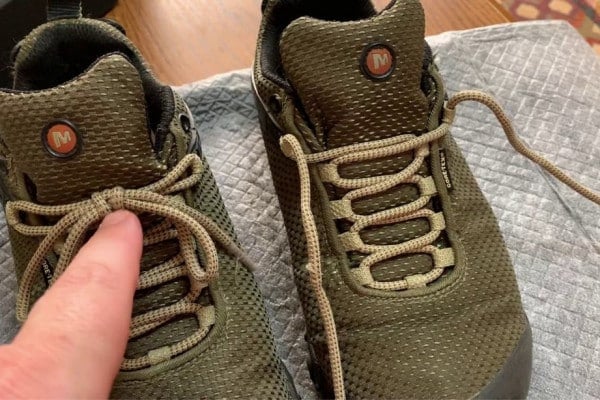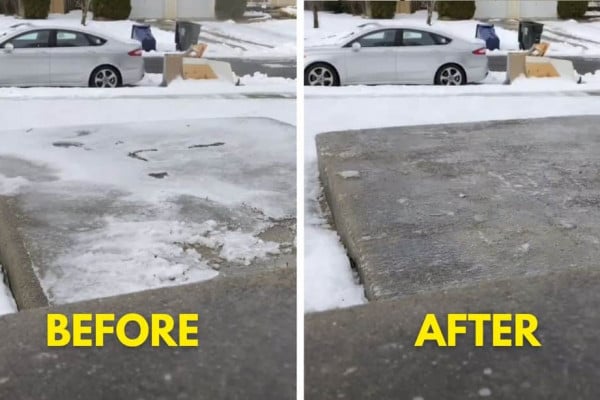Many homeowners can experience an infestation of flying ants, especially during warmer months which is mating season, and they can become a nuisance when they come in large numbers. Ants are not harmful but being swarmed by them is not ideal either because this could mean that there is a larger colony nearby which can lead to persistent problems if not addressed early and properly.
RELATED: How to Find the Nest of Ants and Get Rid of Them
The best way to prevent this from happening is to maintain a clean house and make sure that your surroundings are always clear of potential nests or paths for them to build a colony. There are also other measures that you should take in case you weren’t able to prevent them from multiplying in number, and you can learn them in this video tutorial by How to House on YouTube.
Tips to Get Rid of Flying Ants:
- Identify the Problem
- Find the Source
- Use a Vinegar Solution
- Set Up Sticky Traps
- Apply Insecticidal Dust or Spray
- Prevent Future Infestations
How to Get Rid of Flying Ants:
Step 1: Identify the Problem
Flying ants and termites are different insects and require different kinds of approaches, so make sure you’re dealing with flying ants, they have a pinched waist and bent antennae.
Step 2: Find the Source
One of the most important things you should do is to find where all the flying ants are coming from so you can get rid of them at once. They are usually in rotting wood or moist areas around your home.
Step 3: Use a Vinegar Solution
You can also make a homemade insect repellent spray which will disrupt the ants’ scent trails. Simply mix together equal parts of vinegar and water in a spray bottle, and spray it on the ants or their hideout.
Step 4: Set Up Sticky Traps
Sticky traps are very convenient to use, just set them out near windows and doors, then let the flying insects stick to them, and you’ll surely no longer have to deal with as many flying ants as you usually do.
Step 5: Apply Insecticidal Dust or Spray
For hard-to-reach nests or severe infestations, you can use an insecticidal dust or spray designed for ants, and end their colony with it.
Step 6: Prevent Future Infestations
Last but most importantly, seal cracks in your house and maintain cleanliness. You should also clear out potential nesting sites around your home to prevent future swarms.
*All image credit belongs to How to House via YouTube. Follow and subscribe to their channel for more!








